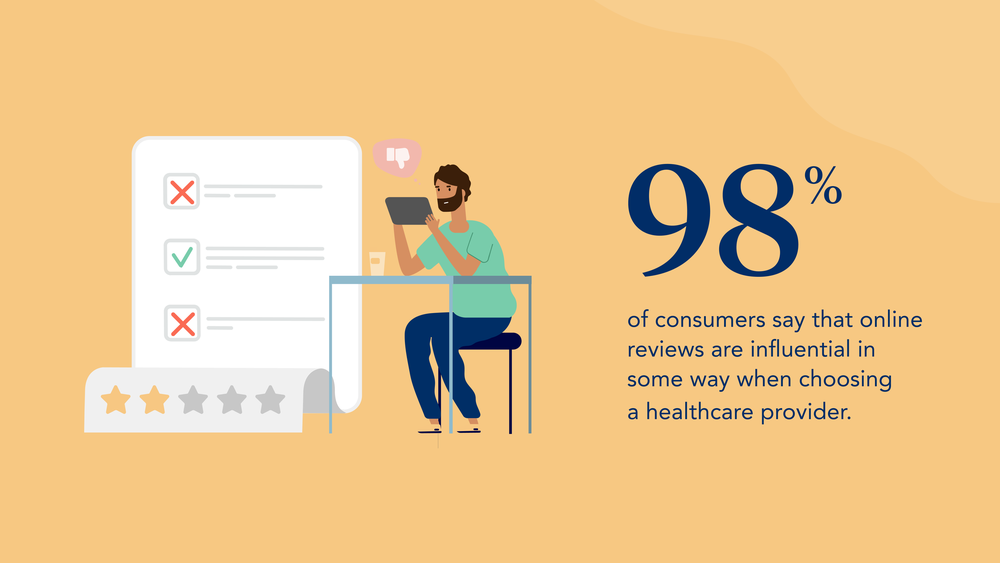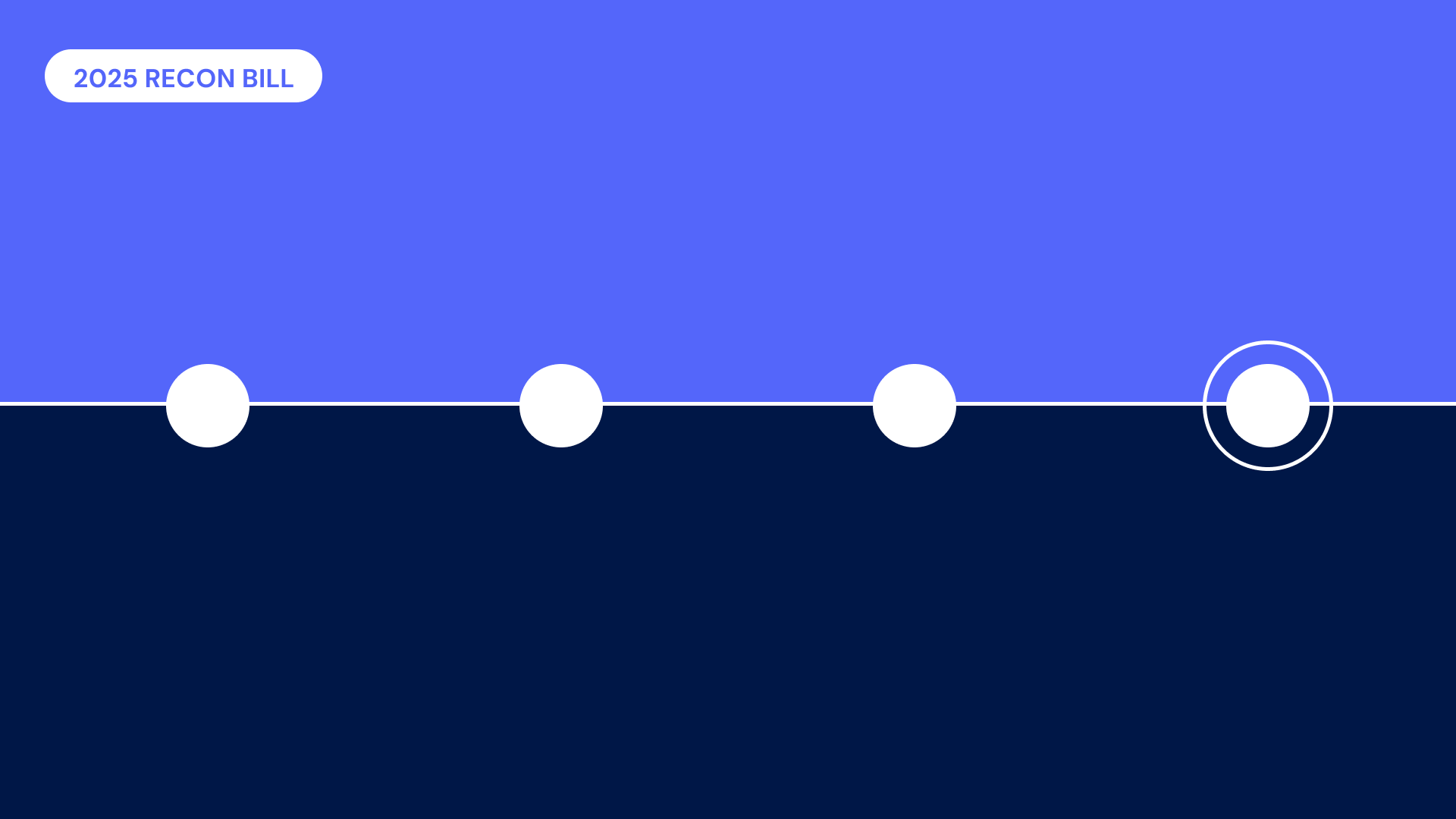This is the third in a three-part blog series highlighting key findings from the Cedar-commissioned 2020 Healthcare Consumer Study conducted by Forrester. Click here to read the full survey that illuminates key trends in the patient financial experience, including the impact of COVID-19. Read parts one and two here and here.
With more and more available consumer information at their fingertips, the proportion of healthcare customers increasingly “shopping around” for providers has never been higher. They’re leveraging as much information as they can from other consumers and peers; in a nutshell, the social network effect in healthcare is pervasive.
The weight of online reviews
More than half of those surveyed consulted online reviews to choose a healthcare provider; moreover, 98% of those who consulted such reviews say they are influential in some way when it comes to making their final decision.
The weight that consumers give to such online reviews should have significant implications for providers’ digital strategy. Nearly two thirds of surveyed patients claimed they would be “very likely” to recommend and/or write a good review for a provider who offered a great digital experience. Conversely, close to half of customers said they would consider switching doctors if they didn’t offer quality digital experiences like online bill pay, patient portals and email/mobile bill delivery.
Meeting the demands of younger generations
These trends are magnified among Millennials and Gen Z. Those aged 23 to 54 are at least twice as likely to prefer digital patient portal interaction than those 74 and older. At the same time, those aged 18 to 54 are at least four times as likely to consider switching doctors if not given digital experiences (touchless check-in, virtual care, etc.) than those aged 55 or older. Millennials are less likely to pay their healthcare bills than any other age group, but are also the most likely to adopt digital health tools out of all age groups—so, understanding and adapting to the mindset of this trickiest group of patients would be a boon to providers.
The desire for consumer-friendly digital bill payment solutions also skews younger. At least 23% of those aged 18 to 54 prefer digital payment options like Apple Pay and Venmo for medical billing versus only 6% of those 55 and older. And of the same age groups, the former are twice as likely to wish it was easier to schedule provider appointments online.
With the combined Gen Z and Millennial generations now accounting for more than half of the population, digital experiences have become table stakes. As digital tools become increasingly important to discriminating consumers, tools for the digital patient journey will become a key and increasingly important differentiator between providers of choice and the rest of the pack.
To read the full data and recommendations from our 2020 Healthcare Consumer Experience Study, click here.
If you’d like to receive updates and alerts as new posts are published, click here to join the Cedar mailing list.



